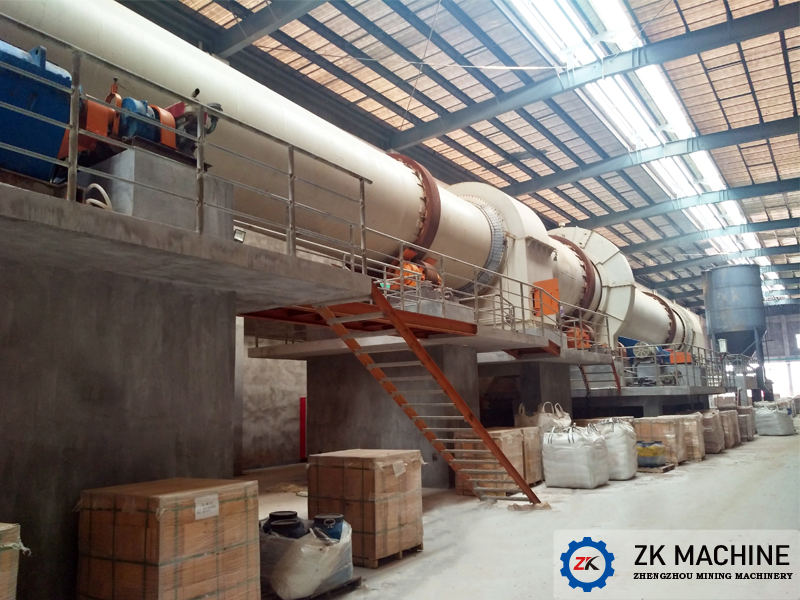The mechanism of ceramsite expansion
Date:2021-09-26 14:50:54
Author:admin
Views:
210
1. Requirements for high temperature expansion
(1) A sufficient amount of liquid phase is generated at high temperature to make the ceramsite in a viscous (thermoelastic) state;
(2) Release of gas at high temperature, accompanied by bubbles;
(3) Liquid viscosity suitable for bubble retention and growth.
2. Burned hole
During the heating process of the roasted ceramsite, if some of the substances vaporize and volatilize, the volume shrinks sharply, leaving a cavity inside the ceramsite. Therefore, pores can be made in the ceramsite by adding some materials that will vaporize and evaporate and shrink sharply after heating. Such materials that lose pores by self-burning are usually also called pore formers. Compared with high-temperature expansion to form pores, burn-out pores do not require proper liquid phase generation, and the requirements for ceramsite raw materials are relatively lower; The ceramsite produced by burning-out pores generally has no enamel formation, and the pores are mostly through-holes, which have high water absorption and are suitable for water treatment and other fields.
3. Classification of expansion agent
3.1. Organic carbon expansion agent
Mainly include plant solid waste (straw, rice husk, sawdust, pine nut husk, etc.), starch, plastic powder, coal powder, carbon powder, sludge, oil, municipal organic household waste, rice husk ash, etc.
3.2 Iron oxide expansion agent
Iron oxides exist widely, and various ceramsite raw materials generally contain a certain amount of iron oxides. Production practice has found that many clay minerals in nature can also be sintered and expanded without adding other substances.
3.3 Carbonate expansion agent
Common carbonate expansion agents include calcium carbonate (limestone, calcite), magnesium carbonate, calcium magnesium carbonate (dolomite), sodium carbonate, sodium bicarbonate and so on. Carbonate expansion agents are widely used in the production of foam materials such as foam glass and foam ceramics because of their economy and good pore-forming effect.
3.4 Silicon carbide
As an expanding agent, silicon carbide is widely used in the production of lightweight aggregates such as foamed glass, foamed ceramics, and lightweight ceramsite. Silicon carbide is a highly polar covalent bond compound, which is very stable and is often used as a refractory material. It can be seen from Figure 3 that silicon carbide is difficult to be oxidized at low temperatures and can be slowly oxidized at high temperatures. Only when the temperature is higher than 1100°C, the oxidation reaction will start.

